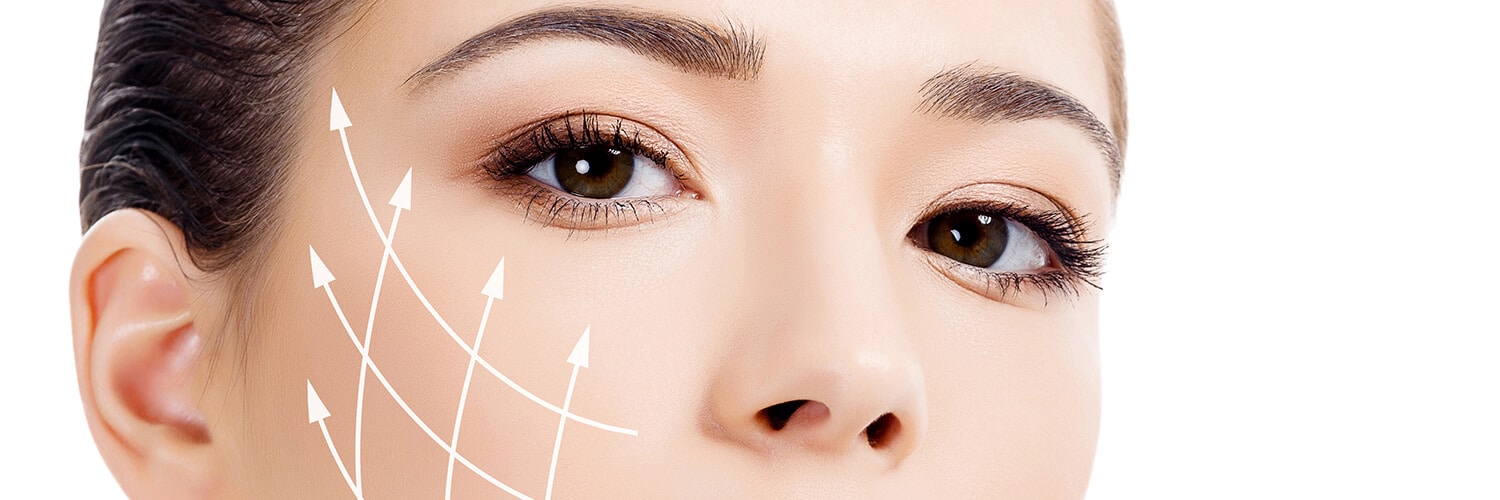
What is a facelift?
Known medically as a rhytidectomy, the facelift procedure is designed to:
- Remove or reposition fat
- Reshape the skin of the face
- Tighten facial muscles
With age, skin naturally begins to lose its elasticity and sag, especially on the mid to lower section of the face as well as around the jaw line. A facelift will restore the youthfulness of the face to erase the look of jowls, sagging skin, laugh lines and double chin.
Who is a candidate for a facelift?
The ideal facelift candidate is:
- Desires a youthful, well-rested look
- Has well-defined bones in the face and adequate skin elasticity
- Is in good general health
How is a facelift performed?
During the rhytidectomy, facelift specialist Dr. Barry S. Citron makes incisions in the face in order to lift and reposition the muscles and underlying skin as well as remove any excess skin and unnecessary fat. In some cases, this can be done using minimally invasive techniques, depending on what a patient is looking to achieve.
What is recovery like following a facelift?
Following the rhytidectomy, a bandage is applied to the area (and possibly drainage tubes, which are usually removed the next day). Patients may experience bruising, swelling and discomfort and/or tightness in the face and neck for a short period of time.
Are there other alternatives to a facelift?
Patients interested in a nonsurgical approach may want to pursue dermal fillers such as Juvederm or Radiesse to achieve a similar look to a facelift, which are expertly performed by Dr. Cheryl Citron.
Schedule Your Facelift Consultation Today!
Interested in learning more about the facelift procedure? Give us a call at 973-243-2300 or schedule your facelift consultation here. We serve West Orange, Short Hills, and nearby areas in New Jersey!
